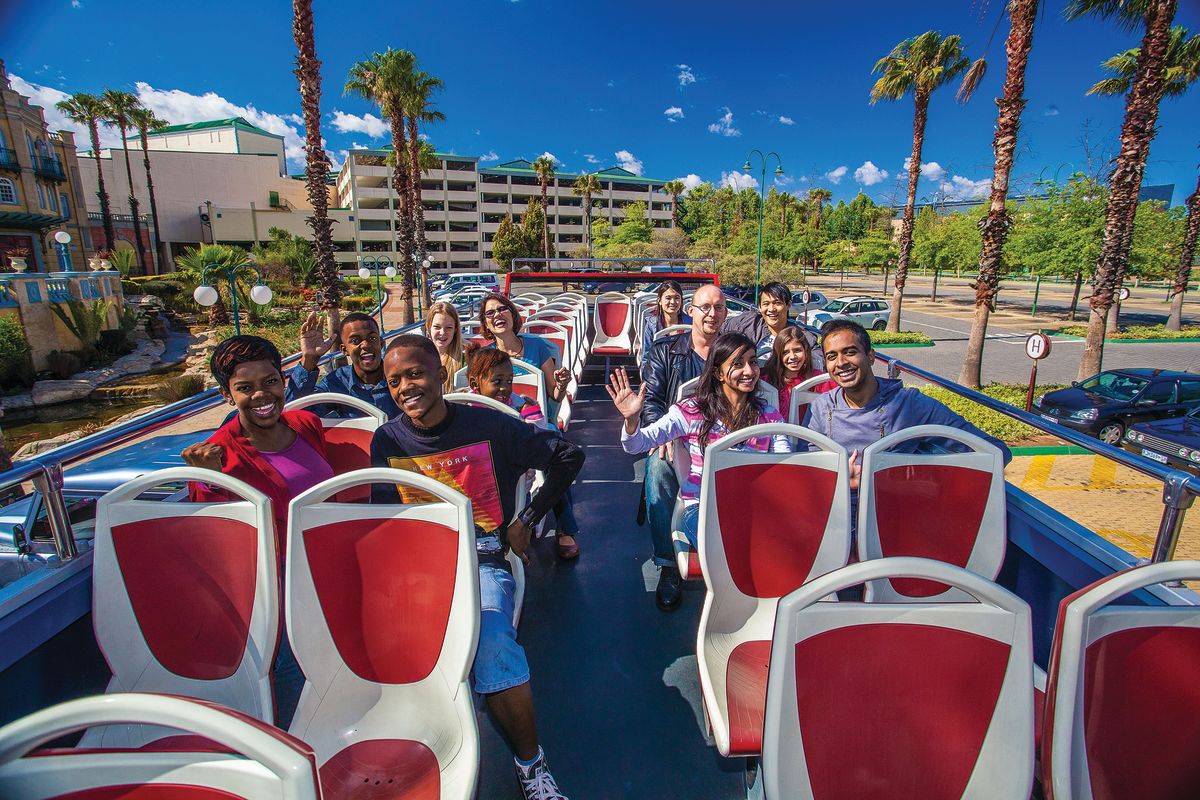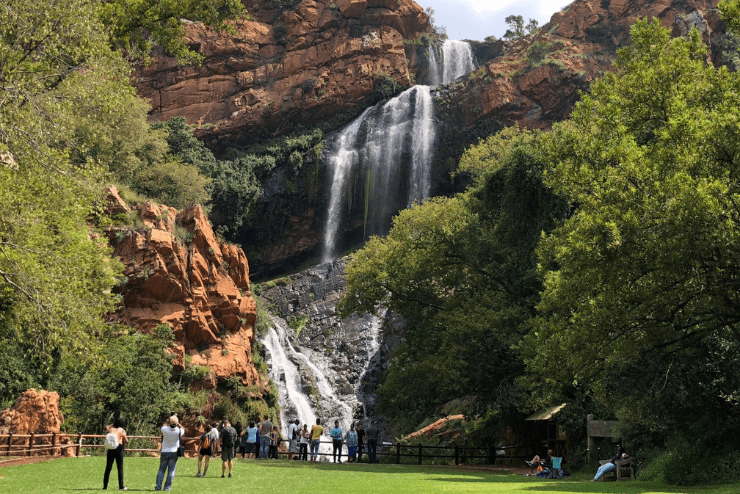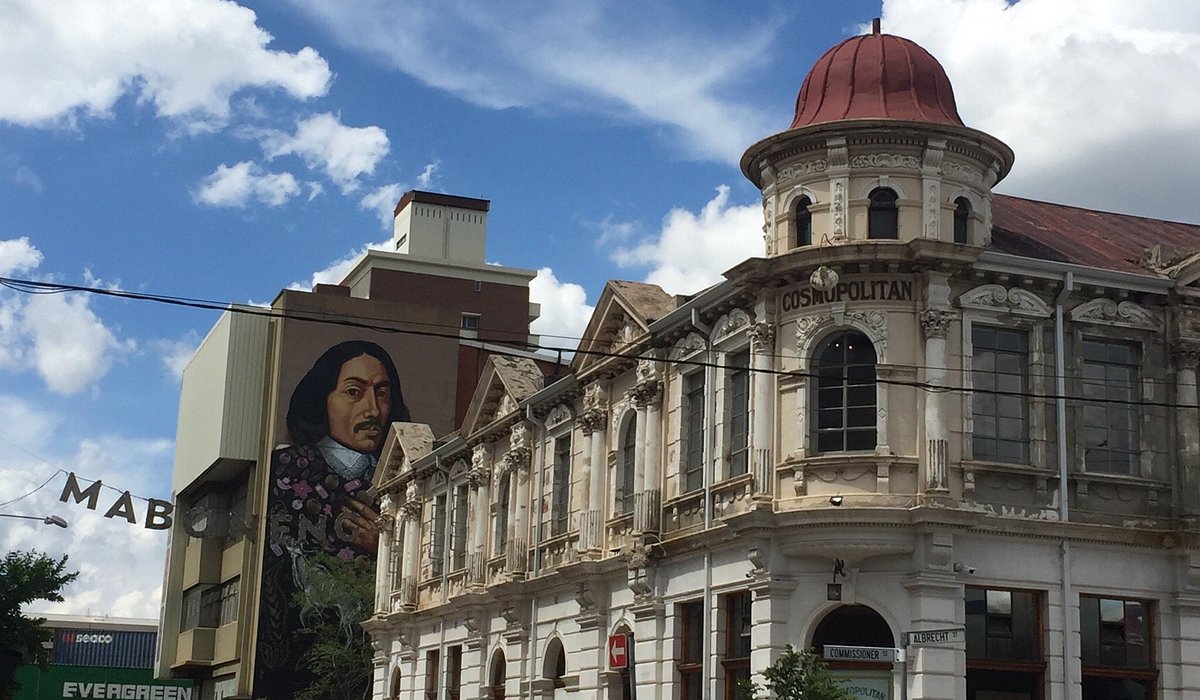About Johannesburg North Attractions
About Johannesburg North Attractions
Blog Article
Johannesburg North Attractions Fundamentals Explained
Table of ContentsThe Ultimate Guide To Johannesburg North AttractionsThe smart Trick of Johannesburg North Attractions That Nobody is DiscussingJohannesburg North Attractions - TruthsSome Of Johannesburg North AttractionsNot known Incorrect Statements About Johannesburg North Attractions 6 Easy Facts About Johannesburg North Attractions ExplainedThe Single Strategy To Use For Johannesburg North Attractions
You need to keep protection in mind and travelers have to continue to be alert at all times when in strange surroundings. Speak to the locals when you are in community to discover the area you are remaining in. Johannesburg North attractions. When on the street (this does not apply to shopping center and various other safe and secure atmospheres) ideal basic guidance is to attempt your finest to look like a regional and to stay clear of displaying any kind of riches
Johannesburg North Attractions Can Be Fun For Anyone
Professor Revil Mason O. J. (Thomson, 1946) discovered the Witwatersrand's pre-colonial history. His archaeological work took off the 'em pty land' misconception, according to which the region was lacking human habitation before the arrival of European settlers. In his publications Prehistory of the Transvaal: A Record of Human Activity (1962) and Beginnings of Black Individuals of Johannesburg and the Southern Western Central Transvaal AD 3501880 (1986 ), Professor Mason demonstrated the degree of social and financial development in the area prior to Europeans established foot here.

All about Johannesburg North Attractions
In 1878, David Wardrop found gold in quartz capillaries at Zwartkop, north of Krugersdorp. In 1881, Stephanus Minnaar came across gold on the ranch Kromdraai, near the Cradle of Mankind.
In March 1886, an outcropping (quickly to be called the Key Reef) was located, fairly fortuitously, on Gerhardus Oosthuizen's ranch Langlaagte. Some say that the Lancastrian coal miner George Walker found this reef. One more itinerant English miner, George Harrison (who had previously functioned in Australian mines) obtained a prospecting licence in regard of Langlaagte in Might 1886.
He chose to proceed in a mission for greener pastures, and disposed of his Langlaagte insurance claim for the handsome sum of 10. Alas: under lay the wealthiest goldfield ever before located. The exploration of this rich auriferous coral reef prompted a gold thrill that signalled completion of agrarian serenity in the southerly Transvaal.
It would certainly, within 6 years, come to be the biggest community in southerly Africa. Within a years, it would certainly make the Z. A. R. till then an anarchical and insolvent little state the wealthiest country in Africa. By the turn of the century, the Z. A. R. was to exceed Russia, Australia and the USA of America to come to be the globe's leading gold producer, creating more than a quarter of the world's gold.
How Johannesburg North Attractions can Save You Time, Stress, and Money.
It was recognized as Ferreira's Camp, called after Colonel Ignatius Ferreira. He was a Boer adventurer upon whom the British authorities had actually presented the condition of Companion of the A Lot Of Identified Order of St Michael and St George (entitling him to the post-nominal letters C. M. G.) in appreciation for his role in the war that had deposed the Pedi king Sekhukhune in 1879.
Quickly the camp was teeming with outdoors tents and wagons as beginners arrived daily from much and wide. By September 1886, some 400 individuals lived in Ferreira's Camp, which soon boasted upraised iron and hardwood structures. Two various other camps were established: Meyer's Camp on the farm Doornfontein, and Paarl Camp. The latter was nicknamed Afrikander Camp; numerous people from the Cape Nest worked out there.

Some Known Details About Johannesburg North Attractions
This name gained currency by word of mouth, such that the State Assistant verified the name to the Mining Commissioner on 9 October 1886. Stands in the village were auctioned this content on 8 December 1886. While some stands were marketed for 10, others were knocked down for as little as sixpence.
2 years later, these erven were to transform hands for as long as 750 each. The tented camps dwindled as a dorp of corrugated iron structures created and increased north of the mines located along the Key Reef Road. Locations such as Jeppe's Town (where working-class immigrants erected their residences) and Doornfontein (where the upscale new 'Randlords' began to construct their extravagant homes) were quickly contributed to the ever-expanding map of the town.
The Ultimate Guide To Johannesburg North Attractions
Aside from the street names, there were no indications of Johannesburg being click to read located in a Dutch-speaking country. Lots of years later on, C. W. Kearns O. J. (among the first kids enlisted at St John's College in 1898) would certainly remember: 'A weird fact regarding Johannesburg was that, although it remained in the [Boer Republic], almost everyone spoke English and even the Federal government servants attended to one in English, unless they were initial resolved in the Taal (or Reduced Dutch)'.
As such, Britain had an interest in making certain optimum problems for gold production on the Witwatersrand, which the gold was exported to London as opposed to Berlin a necessary provided even more clamant by the Z. A. R - Johannesburg North attractions.'s increasing toenadering with Germany. Mine proprietors were on a clash with Head of state Kruger, whose plan of monopolistic giving ins (typically granted to his cronies) protected against mining business from procuring materials of products (specifically dynamite) and work on their own, less expensive terms
More About Johannesburg North Attractions
In 1890, the Volksraad had actually restricted the franchise business to white men that had stayed in the Z. A. R. for fourteen years or longer, thus my response invalidating most of the immigrants (that occurred to be the significant factors to the fiscus). Frustration for the vote was a simple pretense for promoting a different schedule; many uitlanders regarded themselves as momentary visitors and had no intent of continuing to be in the Z.
Report this page